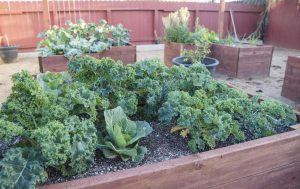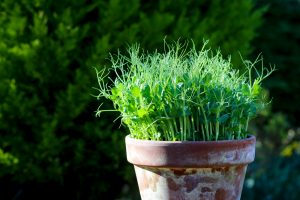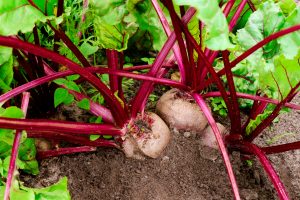If you’ve considered how cool it would be to raise and cook your very own Thanksgiving turkey, then we at Homesteader Depot fully encourage you to do this. We are all about raising and growing your own, and this is a very fun way to get started raising poultry and save some money over the holidays!
That being said, there are a couple things you should know. It’s not quite as simple as buying some baby turkeys, known as poults, and feeding them until November, then slaughtering and serving. If your goal is to have a freshly slaughtered turkey for your Thanksgiving meal, you need to be mindful of a few things. Also, there are a few other holidays you could raise a turkey for! But more on that later.
To Start
Turkey breeds that you’re used to seeing grace the family table during the holidays grow very fast. If you begin raising breeds like this in the spring, they will be huge by the time Thanksgiving rolls around, and possibly won’t even fit in your oven! These commercial breeds can reach sometimes higher than 20 lbs at 20 weeks of age. If this is the breed of poult you can get your hands on or would like to breed, and you buy them in the springtime, you’d probably be better off slaughtering them early and keeping them in the freezer. It might not be fresh, but it would still be your very own, organic turkey.


Slaughtering these turkeys earlier than November can be more humane, as well. Really big breeds like this can suffer in intense summer heat, as their respiratory systems get taxed trying to cool their big bodies down. For breeds like this, it’s best to start in late July, so they will reach a good size for serving by Thanksgiving.
Of course, the great thing about raising your own livestock is you are not at all limited to these commercial breeds! If you’re interested in a more unique, natural kind of Thanksgiving turkey, and have an interest in raising turkeys in general for your homestead, you will want to consider a naturally-mating, heritage poult. These breeds will, as the classification implies, breed naturally and provide you with fresh poults in the springtime, to continue on growing and relying on your gang (actual name for a group of turkeys, not kidding!) for sustenance throughout the year.
However, if you’re going with a non-commercial breed like this and you’d like to raise a prize Thanksgiving turkey, you need to buy your poults right away! You won’t want to start any later than May to have a turkey worthy of stuffing by the time the holiday arrives. These breeds can take between 24 and 28 weeks to reach the desired size to attend a large family feast.
Other Holiday Turkeys
But enough about Thanksgiving! Although this is the holiday we have grown to associate the most with turkey, this tasty poultry can also be served to celebrate Christmas or Easter! For Christmas, obviously, you will want to apply the same reasoning you would for Thanksgiving, simply shifted a couple of weeks later (although again, you can always simply slaughter and freeze your birds when they reach a large enough size, even if it’s before the holiday in question).

While ham traditionally graces the Easter feast, it was not too long ago that turkey used to serve this purpose as well, and certainly still can! The thing is turkeys who have lived through the winter put on an extra layer of fat that can lend itself to some incredibly delicious flavoring, making it perfect for a festive occasion in the spring.
To raise a bird that will be the right size and flavor for an Easter or other spring gatherings, choose June or July hatchlings to assign to the task. These will be ideal and can be slaughtered midwinter to be frozen through the spring if they get too large.
So many people these days seem to associate a large, juicy turkey with Thanksgiving alone. In fact, you often only see whole turkeys in the supermarkets around Thanksgiving! However, these delicious birds reach such large sizes, they’re ideal for big family gatherings or festive occasions throughout the year.
So when summertime approaches, consider buying some poults for your homestead this year and try your hand at raising your own holiday turkey!



 many countries to this day. The mythology of many ancient peoples is full of references to goats or goat-gods, particularly in Greek mythology, which tells of a goat that raised the god Zeus, who in turn placed this goat in the night sky, as the sat Capella. Dionysus, the god of decadence, suckled on goat’s milk while Pan, the god of mountains, shepherds, and flocks, has goats legs and horns.
many countries to this day. The mythology of many ancient peoples is full of references to goats or goat-gods, particularly in Greek mythology, which tells of a goat that raised the god Zeus, who in turn placed this goat in the night sky, as the sat Capella. Dionysus, the god of decadence, suckled on goat’s milk while Pan, the god of mountains, shepherds, and flocks, has goats legs and horns.















